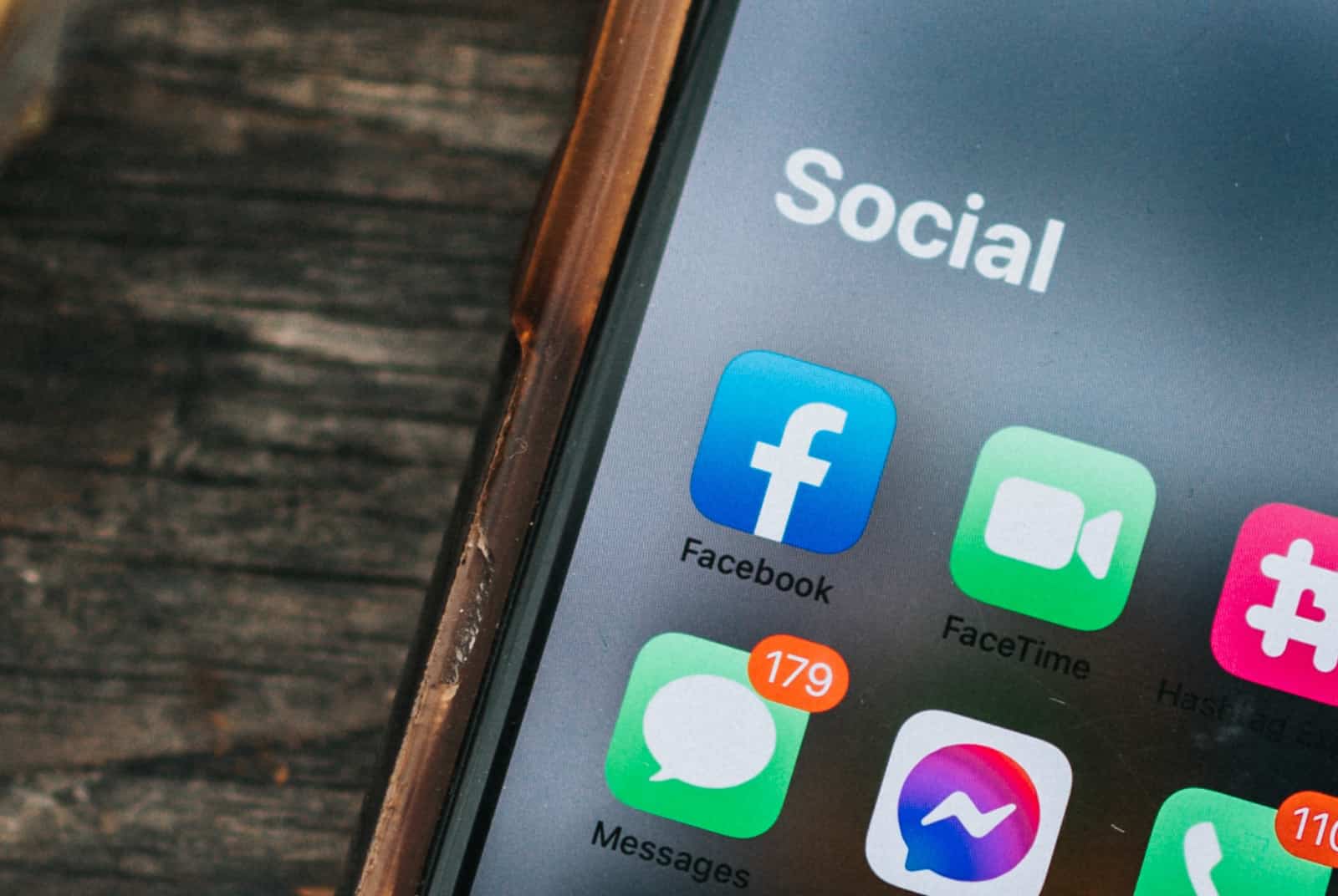Did you know criminals can capture details over WiFi networks they run? It’s a thing, but there are also things you can do to protect yourself.
The cost of data on your phone may well have come down over the years, but that doesn’t mean many of us don’t jump at the chance for free internet access when we see the words “free WiFi” nearby.
Something for nothing is often a delight, and when it comes to free internet access, it can be incredibly helpful, particularly if you’re somewhere where internet access is either costly or difficult to find in the first place.
Shopping centres without decent mobile access, cafes and restaurants in mobile black spots, and mid-flight where mobile towers don’t reach all qualify, as does the problem of roaming, the latter of which can incur some heavier costs depending on which telco you’re travelling with.
It’s no wonder why the idea of “free WiFi” can be so appealing. However, scammers can take advantage of the idea, particularly if you don’t know who is running the WiFi in the first place.
Is free WiFi risky?
Free WiFi networks can be risky, depending on who is running them, largely because of what they represent.
On the whole, free WiFi translates to “free internet access and download bandwidth” in our minds, which is what it is. When found in places such as a shopping centre or inflight, it will typically come with the caveat that you sign up to a portal in order to gain access, with your details then used for marketing later on. That’s part and parcel with the cost of free.
In this type of free WiFi network, your name, email, and phone number being used as part of a marketing database is payment for the free WiFi, and may not be all that risky simply because the network is being run by a larger organisation.
It’s when you access a free WiFi network run by a smaller entity, or even someone you may not be aware of in the first place, such as an average Joe.
It could be even worse when that smaller network is attempting to disguise itself as a bigger one.

The risks of free WiFi
When you don’t know who is running the WiFi, practically anything could happen to your data when used on that network.
It could be stored and tracked, with the information logged for later on.
You don’t need much to create a small WiFi network, with practically any compact mobile hotspot doing the job, and even quite a few phones can, as well. Apps to log the data aren’t difficult to find, and it doesn’t take much for a crafty and nefarious individual to create a fake wireless network with the intent to steal details from others.
Can you tell if free WiFi is risky?
Disguising free WiFi networks isn’t new with the intent around making an “evil twin” where you can’t tell the real network from the fake.
While less common, this type of scam is also known as WiFi hotspot fraud, where a scammer runs a fake WiFi network in the hopes of ensnaring victims looking for free internet access.
Unfortunately, it is next to impossible to tell which is the good one from a simple glance, and anyone could be unwittingly caught in a scammer’s net using this approach.
What can you do to protect yourself from free WiFi scams?
Even though you can’t necessarily work out which WiFi network isn’t a scam, what you can do is be proactive in how you use those services if you need to.
Use a VPN
If you are going to use free WiFi networks, make sure you grab a VPN to at offer your data some form of protection. Also known as a Virtual Private Network, these are essentially tunnels for your data to become private as you use someone else’s internet bandwidth.
When you use a VPN, you’re basically using the WiFi for the bandwidth, but processing your information through a different location, preventing the owners of the WiFi network from taking a peek inside.
VPNs can cost money, but depending on how much you use one, you may find some arrive with free data depending on the amount you need. What’s more, VPN apps can make installing and using one of these services easier than ever, allowing you to simply install and switch them on, letting your phone, tablet, or computer do what’s needed as and when you need it.
Some web browsers even include VPNs, allowing you to protect your data when using a specific browser at the time. Extensions may even let you add a VPN to your browser of choice.
When you’re done with the free WiFi (or even out of range) and simply connecting somewhere you trust, such as in your home, turn the VPN off and go back to your regularly scheduled way of connecting. Conversely, you may want to keep using the VPN on any WiFi network you don’t own to help protect your data long term.
Use mobile data
By far the easiest way to ensure your data is protected is to not use a free WiFi connection in the first place, and instead rely on mobile data.
While a more costly approach — because you’re paying for the data instead of someone else — relying on your phone for mobile data means you’re using your direct connection with a telco, with no middleman getting in the way.
Pretty much any smartphone released in the past decade should be able to work as a mobile hotspot, while physical mobile hotspot devices can be bought and used in much the same way.






